This article was medically reviewed by Troy A. Miles, MD. Dr. Miles is an Orthopedic Surgeon specializing in Adult Joint Reconstruction in California. He received his MD from the Albert Einstein College of Medicine in 2010, followed by a residency at the Oregon Health & Science University and fellowship at the University of California, Davis. He is a Diplomat of the American Board of Orthopaedic Surgery and is a member of the American Association of Hip and Knee Surgeons, American Orthopaedic Association, American Association of Orthopaedic Surgery, and the North Pacific Orthopaedic Society.
There are 11 references cited in this article, which can be found at the bottom of the page.
wikiHow marks an article as reader-approved once it receives enough positive feedback. In this case, 100% of readers who voted found the article helpful, earning it our reader-approved status.
This article has been viewed 1,110,276 times.
Known medically as medial tibial stress syndrome, "shin splints" are a type of pain you can get from overusing or repetitively straining the muscles that run next to your shinbone, or tibia.[1] Shin splints are relatively common for people who do a lot of physical activities on their feet. They can be a real nuisance, but they’re surprisingly easy to cure! If you have shin splints, try some of the tips and tricks on this list to relieve them.
Steps
References
- ↑ http://www.mayoclinic.org/diseases-conditions/shin-splints/basics/definition/con-20023428
- ↑ http://orthoinfo.aaos.org/topic.cfm?topic=a00407
- ↑ http://www.mayoclinic.org/diseases-conditions/shin-splints/basics/treatment/con-20023428
- ↑ https://medlineplus.gov/ency/patientinstructions/000654.htm
- ↑ https://medlineplus.gov/ency/patientinstructions/000654.htm
- ↑ https://orthoinfo.aaos.org/en/diseases--conditions/shin-splints/
- ↑ https://www.youtube.com/watch?v=wLnYZRHLhnY&t=5s
- ↑ https://www.youtube.com/watch?v=Z2G5WCJBpps&t=31s
- ↑ https://www.youtube.com/watch?v=Z2G5WCJBpps&t=136s
- ↑ https://www.nhs.uk/conditions/shin-splints/
- ↑ https://www.nhs.uk/conditions/shin-splints/
- ↑ https://www.choosept.com/resources/detail/8-tips-to-prevent-shin-splints
- ↑ https://www.choosept.com/resources/detail/8-tips-to-prevent-shin-splints
- ↑ https://www.choosept.com/resources/detail/8-tips-to-prevent-shin-splints
- ↑ https://www.mayoclinic.org/diseases-conditions/shin-splints/symptoms-causes/syc-20354105
- ↑ https://www.choosept.com/resources/detail/8-tips-to-prevent-shin-splints
About This Article
To get rid of shin splints, put ice packs on them 4 times a day for 15 minutes at a time for at least a few weeks to reduce inflammation. You can also soak your feet and lower legs in a warm Epsom salt bath to reduce pain and swelling. Additionally, try to do exercises that stretch your shin muscles, like lifting your affected leg and tracing letters in the air with your toes. Finally, it may help if you run on a softer surface or wear lighter-weight shoes when you run. For information from our Medical reviewer on how physiotherapy or acupuncture might help, keep reading!
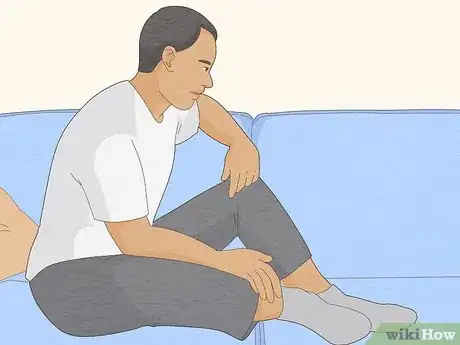
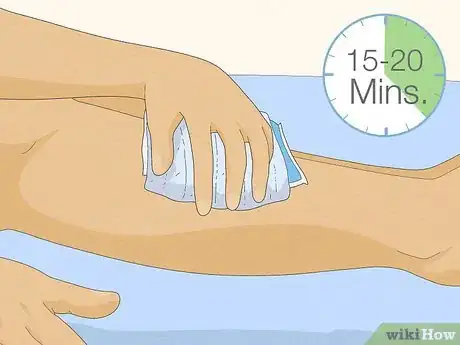

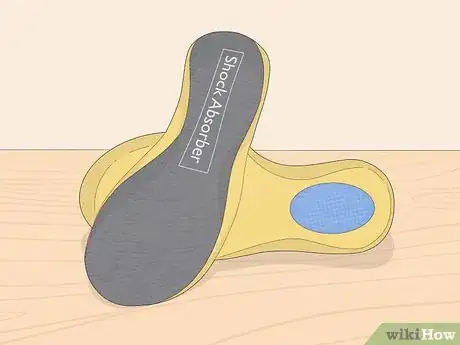

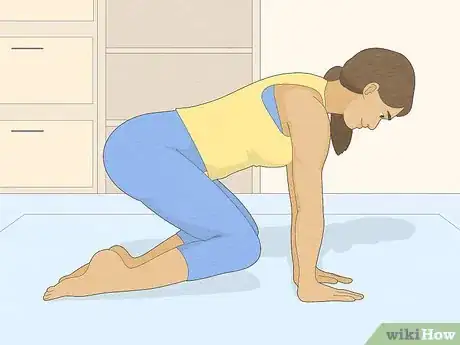
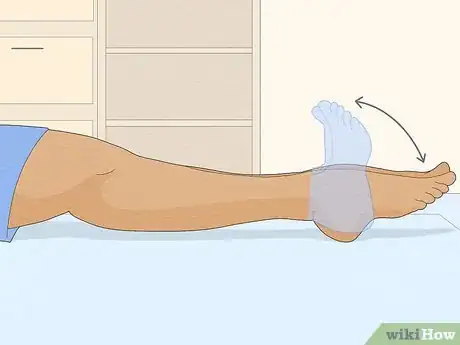
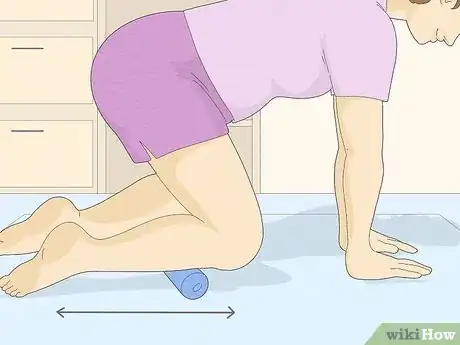
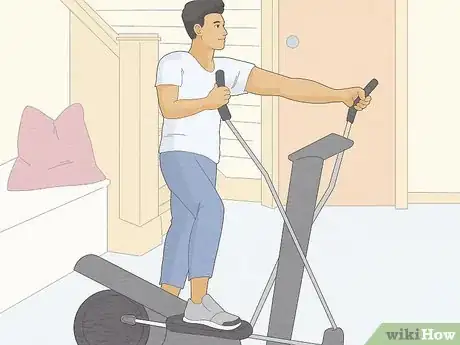
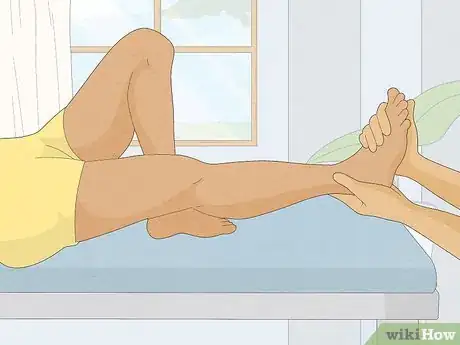



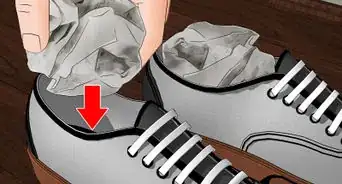
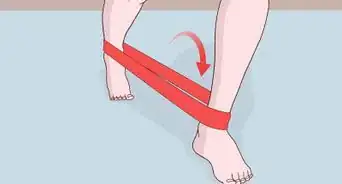
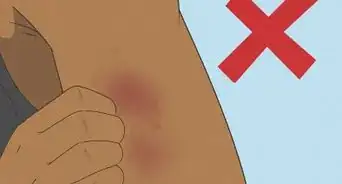
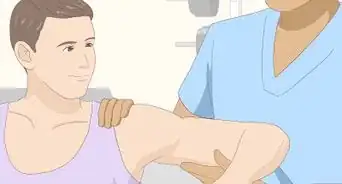
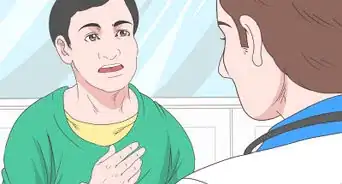


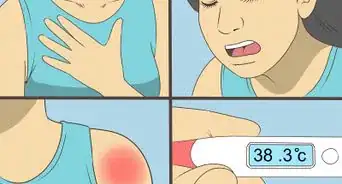
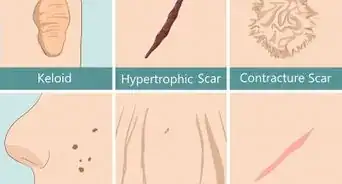











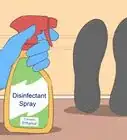
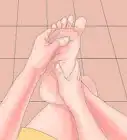
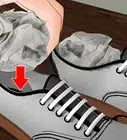



































Medical Disclaimer
The content of this article is not intended to be a substitute for professional medical advice, examination, diagnosis, or treatment. You should always contact your doctor or other qualified healthcare professional before starting, changing, or stopping any kind of health treatment.
Read More...